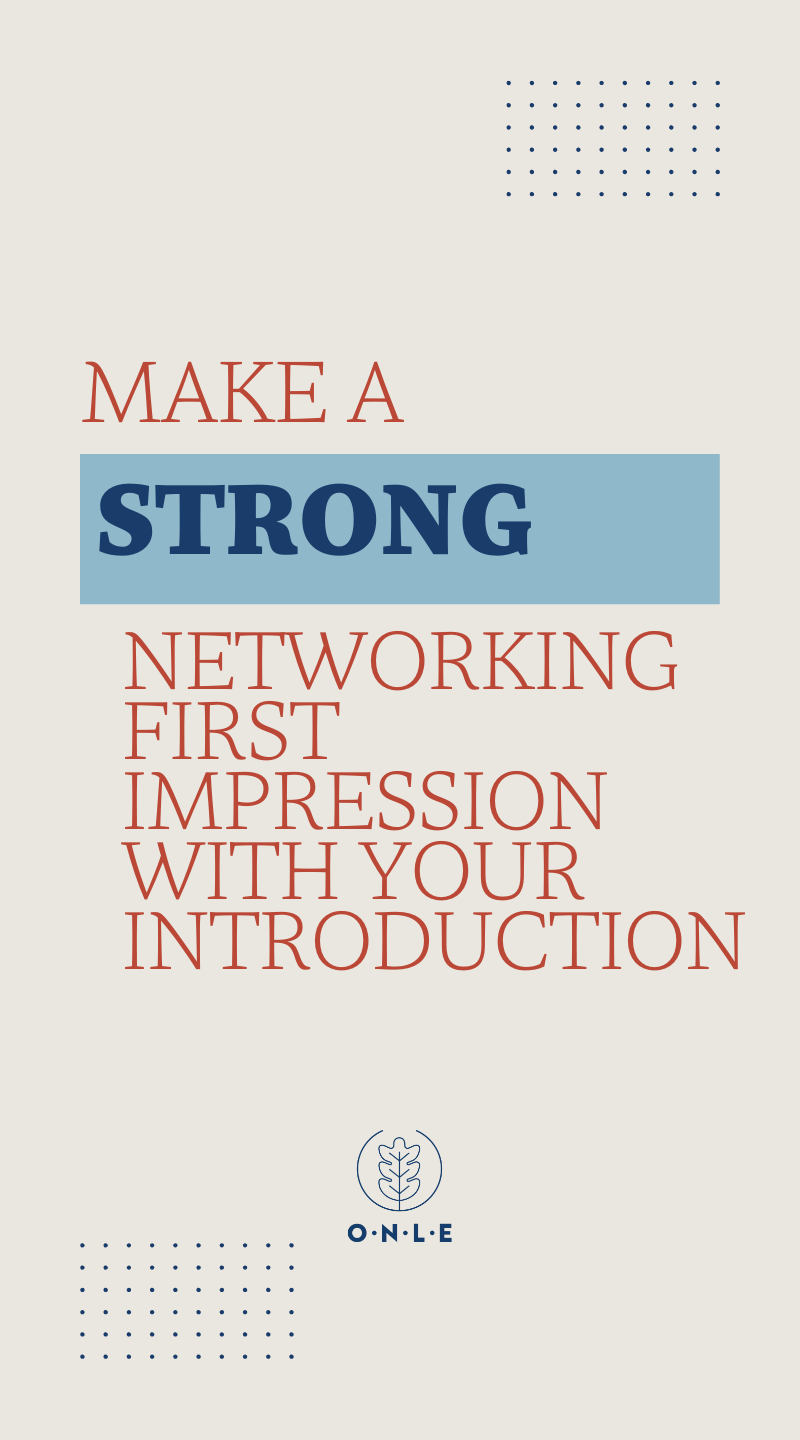6 ways to hook your networking audience
Want to be memorable - for the right reasons - when attending business networking? Here are six tips to craft a networking introduction that gives attendees the information they need and leaves them wanting to talk to you.
By James West, founder of ONLE Networking.
Let’s face it. None of us have great attention spans. In my experience of networking, I reckon you’ve got a 30-second grace period during which people will decide if they want to hear more from you, or they drift off.
That means if you attend a networking event and “make it up as you go along”, unless you are incredibly skilful or lucky, you’ll fill that precious 30 seconds with waffle.
Trust me: the people who speak succinctly and eloquently at networking know their message so well that they no longer have to think about it. They are not ‘making it up’!
If you find yourself floundering and stumbling, spend some time thinking about your intro. It’s time well spent.
The first rule of being heard at networking
Before we move on to the tips, it’s important to understand one rule. Because until you understand this truth about speaking at networking, the other tips I’m offering are worthless.
Here’s the rule:
“No one will listen to you if you show that you’re not listening to them.”
I don’t care how relevant and dazzling your intro was. When you stop speaking and it’s someone else’s turn, if you immediately start writing an email, people won’t want to speak to you. Why? Because we go networking to be heard, not talked at.
By “checking out” the moment the spotlight is away from you, it proves you are attending to pitch AT people, not network with them. If you struggle with this distinction, imagine sitting opposite someone who pulled out their phone when you started speaking. It’s not fun, is it?
Next time you’re networking: check your behaviour. Are you REALLY listening? Because if you’re not, networking will not get you very far.
Presentation coach Simon Raybould offered a brilliant take on the topic of listening while on Zoom.
6 tips to craft a more effective business networking introduction
1. Focus on the problem you solve: Instead of starting with "I’m an accountant" or "I run a marketing agency," connect emotionally with your audience by addressing a pain point they relate to. For example, “You know that feeling of dread when tax season rolls around? I make that go away.”
2. Tell a relevant story: Stories are great for building an emotional connection - but only if they’re meaningful. Instead of forced anecdotes, share genuine examples where your work made a difference. Frame it around how your service changed someone’s life or business, not just what you did.
3. Use humour and irreverence. Breaking the ice with humour can work wonders, but it has to fit the context. A clever or light-hearted remark at the end of your introduction can work beautifully. Mindful that ‘being funny” can be difficult, another approach is to mess with the order of the intro, by starting in an unusual place. E.g. rather than “Hi, I’m Bob and I’m a business coach”, lead by referencing something relevant that the last person said. Or reference a prop or something in your background. Breaking the conversion of the intro can be very powerful. Just don’t get carried away and remember to cover the basics (what you actually do!)
4. Ask questions Instead of jumping into a sales pitch, spark curiosity with a question like, "Ever been frustrated by how much time you spend on X?" It leads naturally into how you solve that exact problem.
“We go networking to be heard, not talked at.”
James West,
ONLE Networking
5. Keep it simple: Avoid jargon, complicated descriptions or - unless it’s relevant - how you work. Stick to the basics of what people need to know focusing on why it matters to them. Leave the technical details for when they’re hooked and ready to learn more.
6. Think about the ‘light’ sale. If I hear from a coach or marketing strategist, I assume they will charge thousands of pounds for their services. This is why ‘light touch’ services such as a workshop or free guide are powerful for validating what you offer.
Presenting the right product in your introduction will also explain the problem you solve, which makes it easy for a networking attendee to buy from you or refer you to others. Here’s an example of a product offering that explains the value you bring and the problem you solve:
“If you want to improve your engagement and get into more sales conversations on Linkedin, join me for this online workshop which costs £75 - I’ll share the link in the chat”.
In summary
Don’t leave your intro to chance! There is an art to distilling what you offer and why people would care into a pithy intro. So think of it as an iterative exercise that will help you at networking but also inform all your other marketing activities. And when you’re ready to test out your intro, visit us at ONLE Networking!
Want to get more from business networking?
Before you go, grab the ONLE networking toolkit, which contains five resources to help you - irrespective of what networking event you attend. Plus, it’s a free to download!
For a different take on being heard at business networking, watch Adventures In Networking: “UNboring your marketing message” with Simon Raybould:


